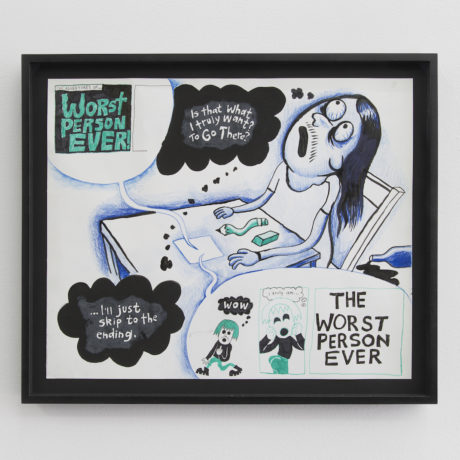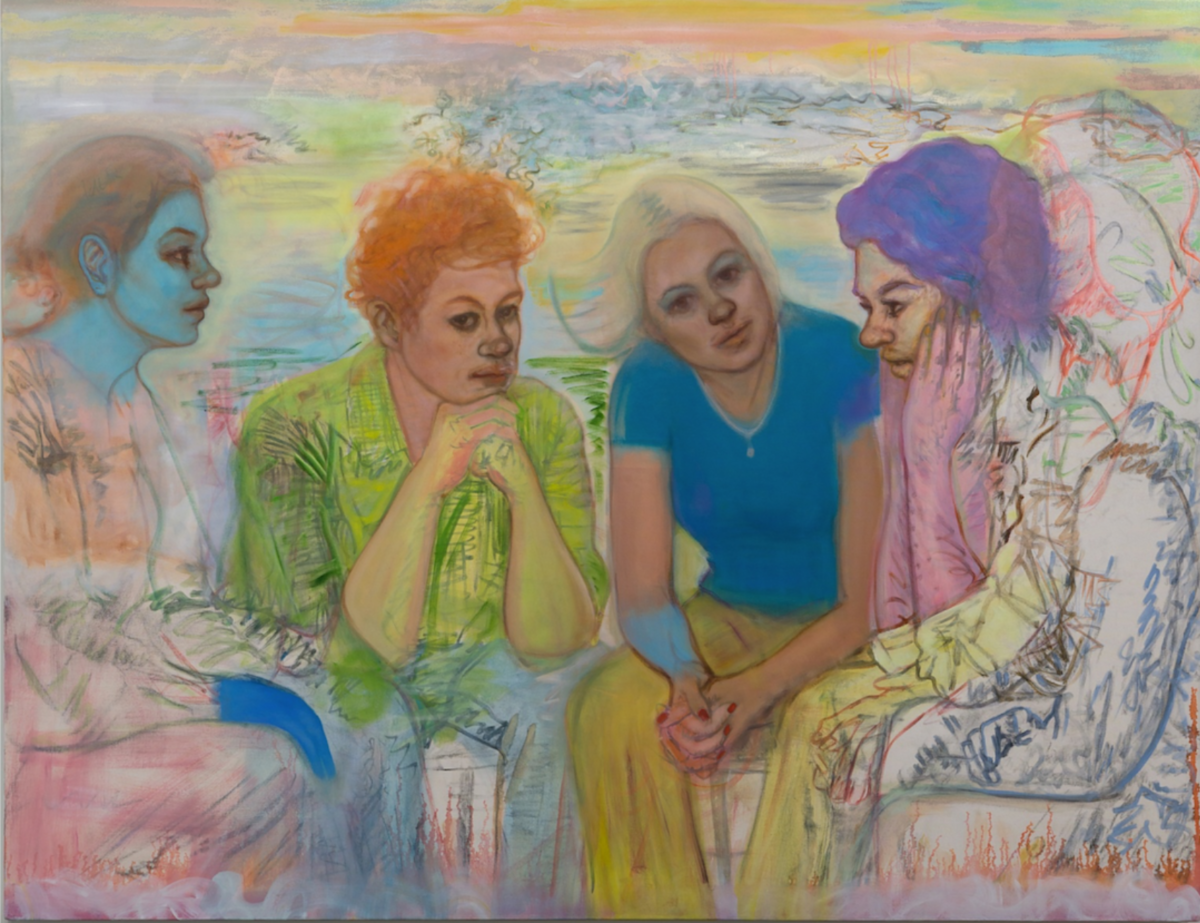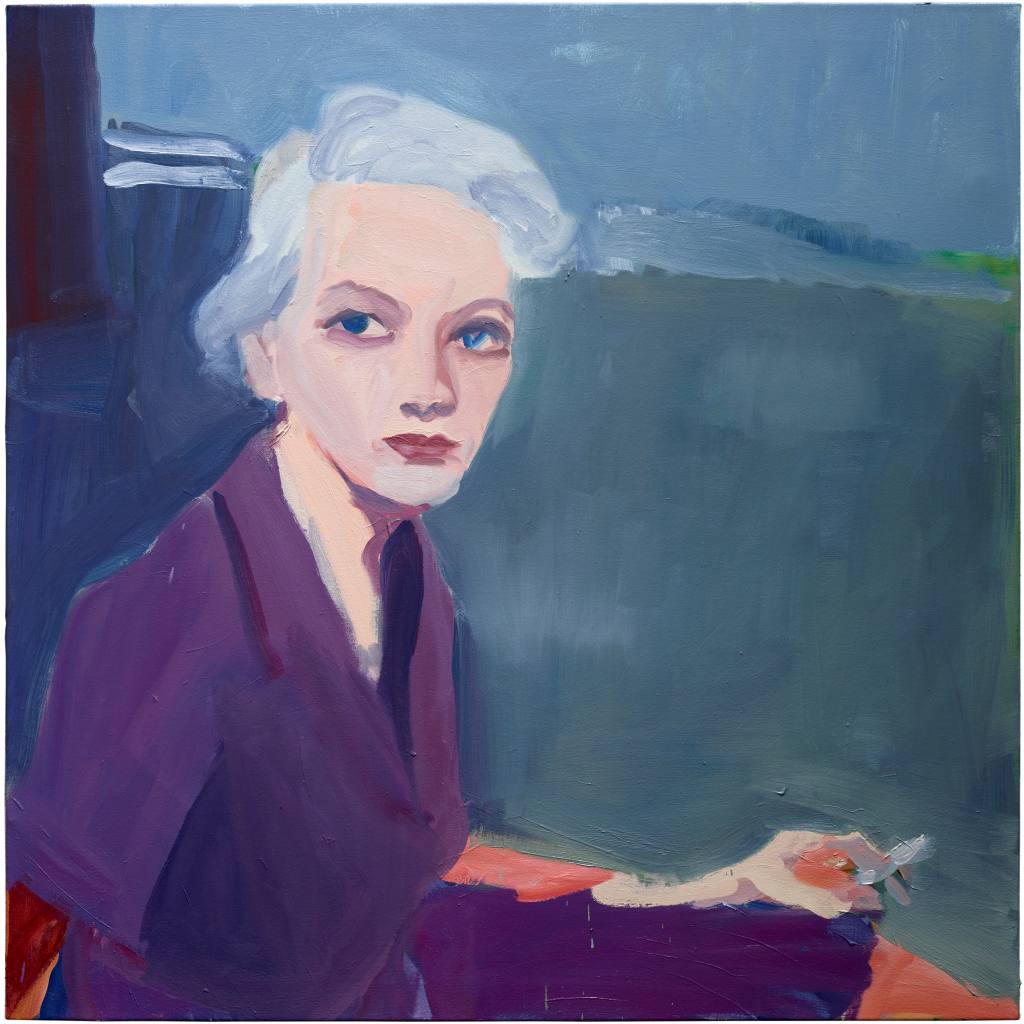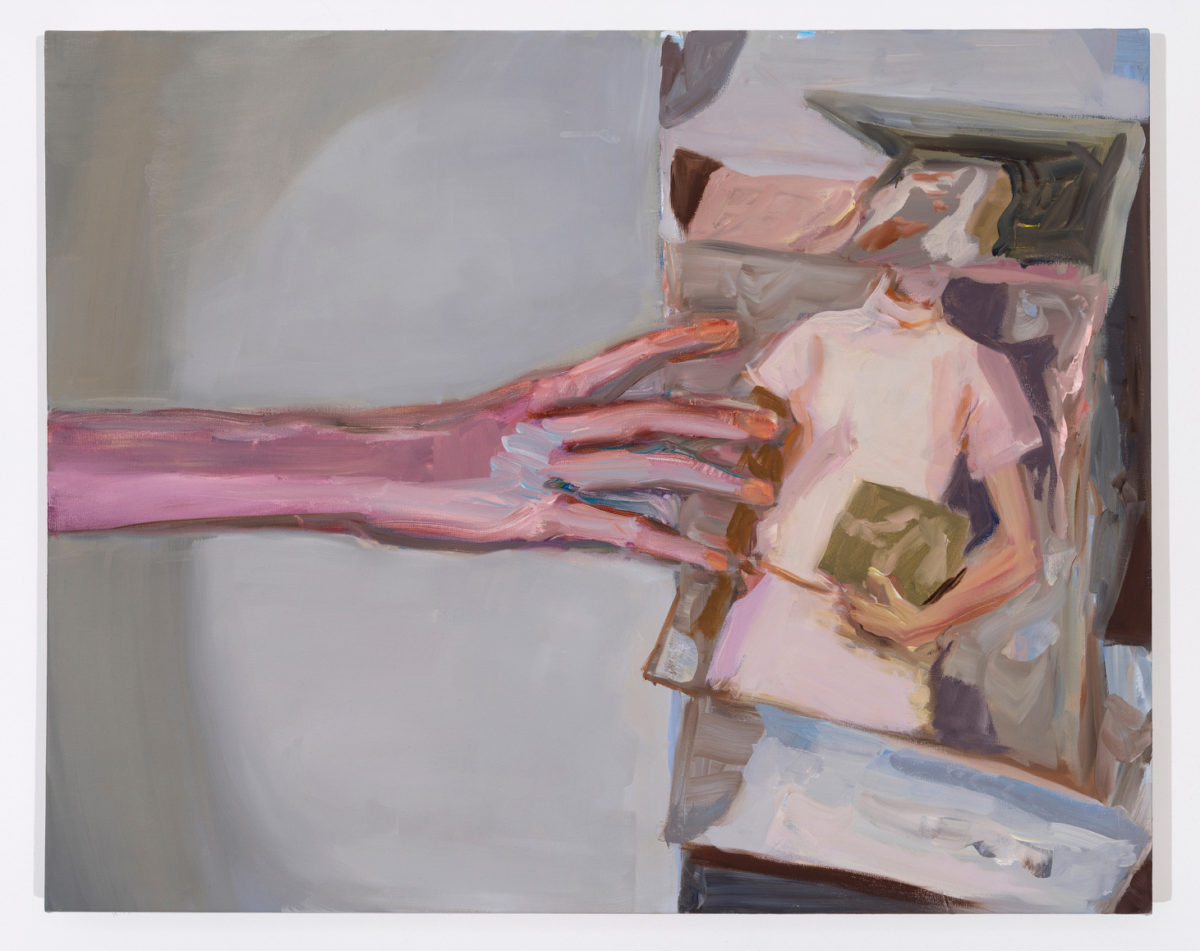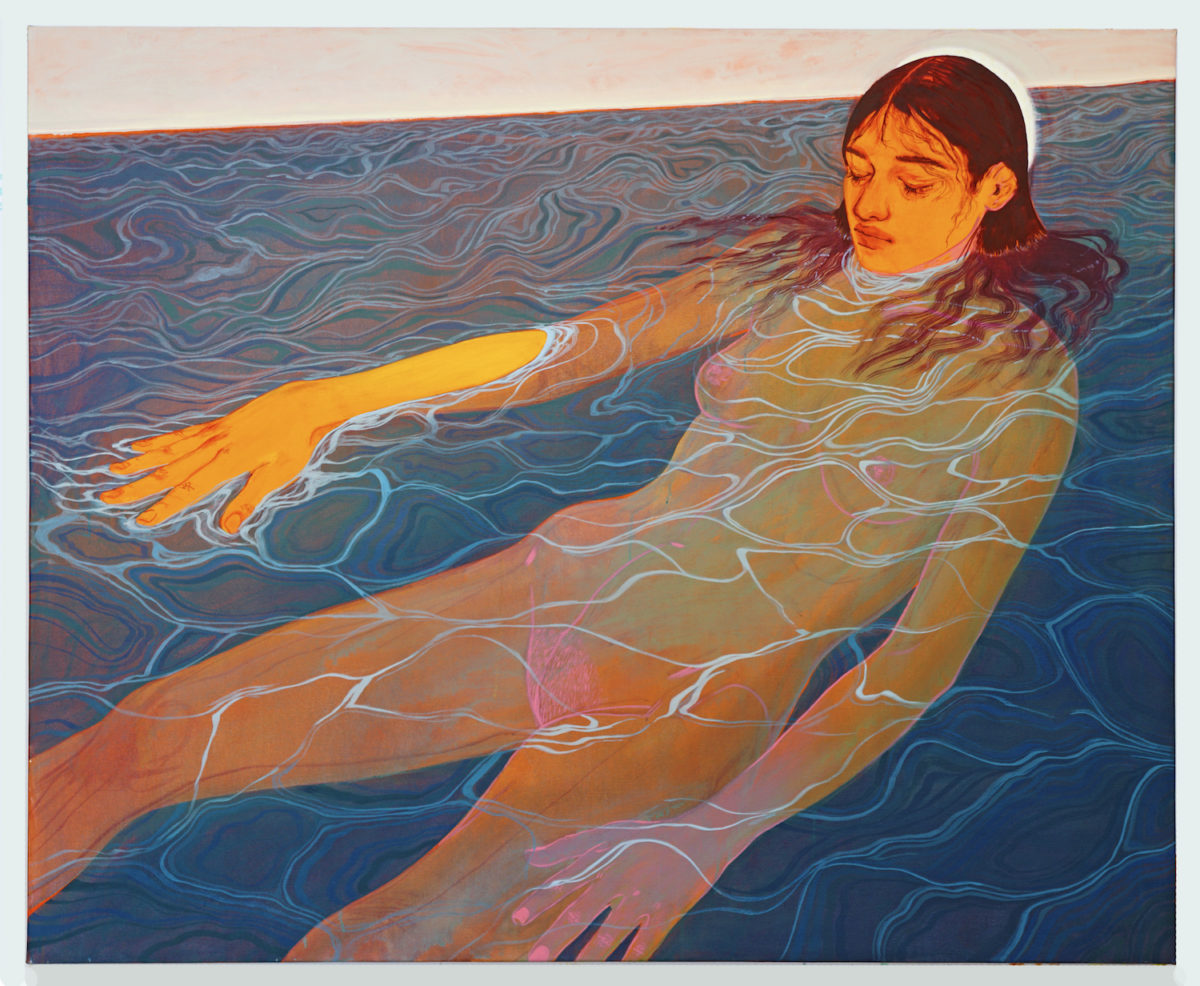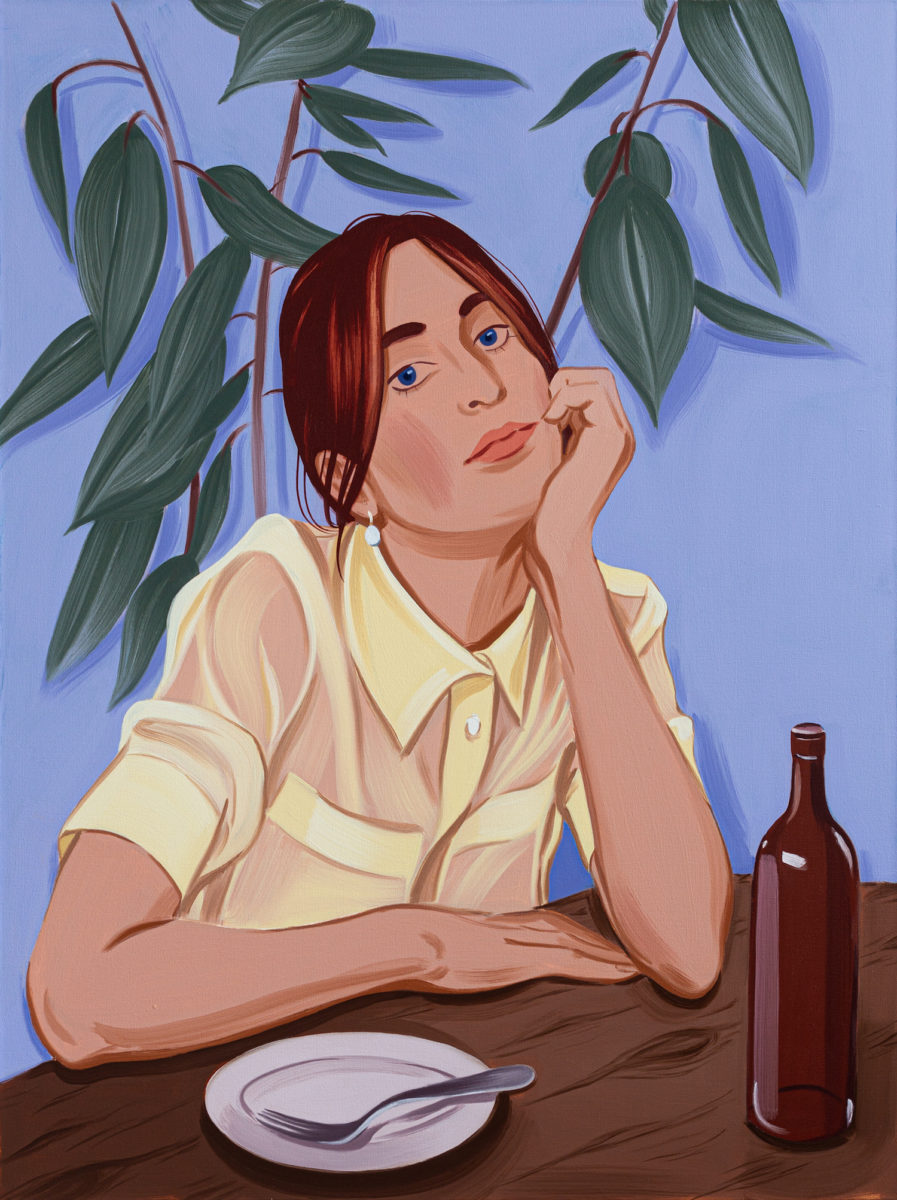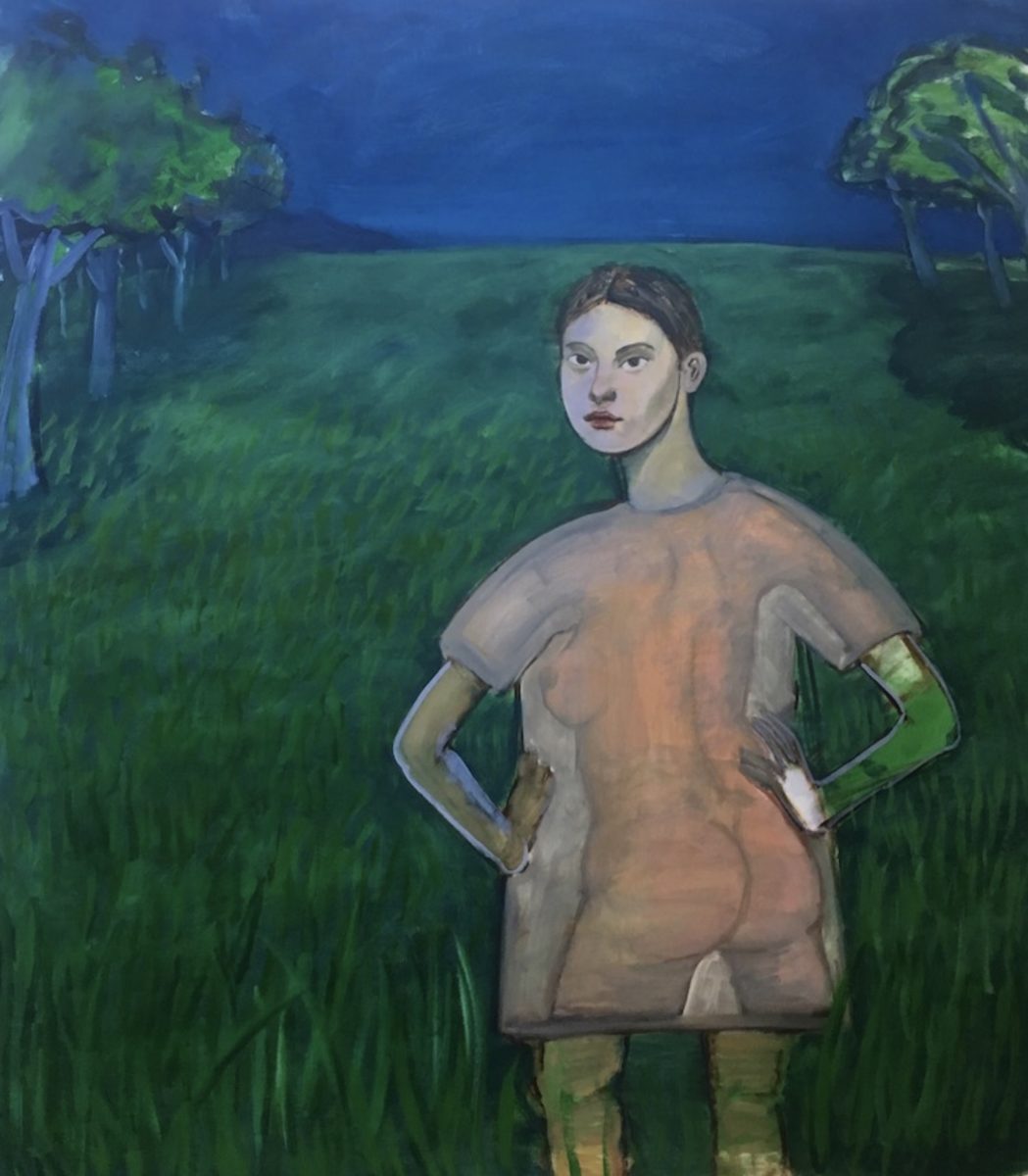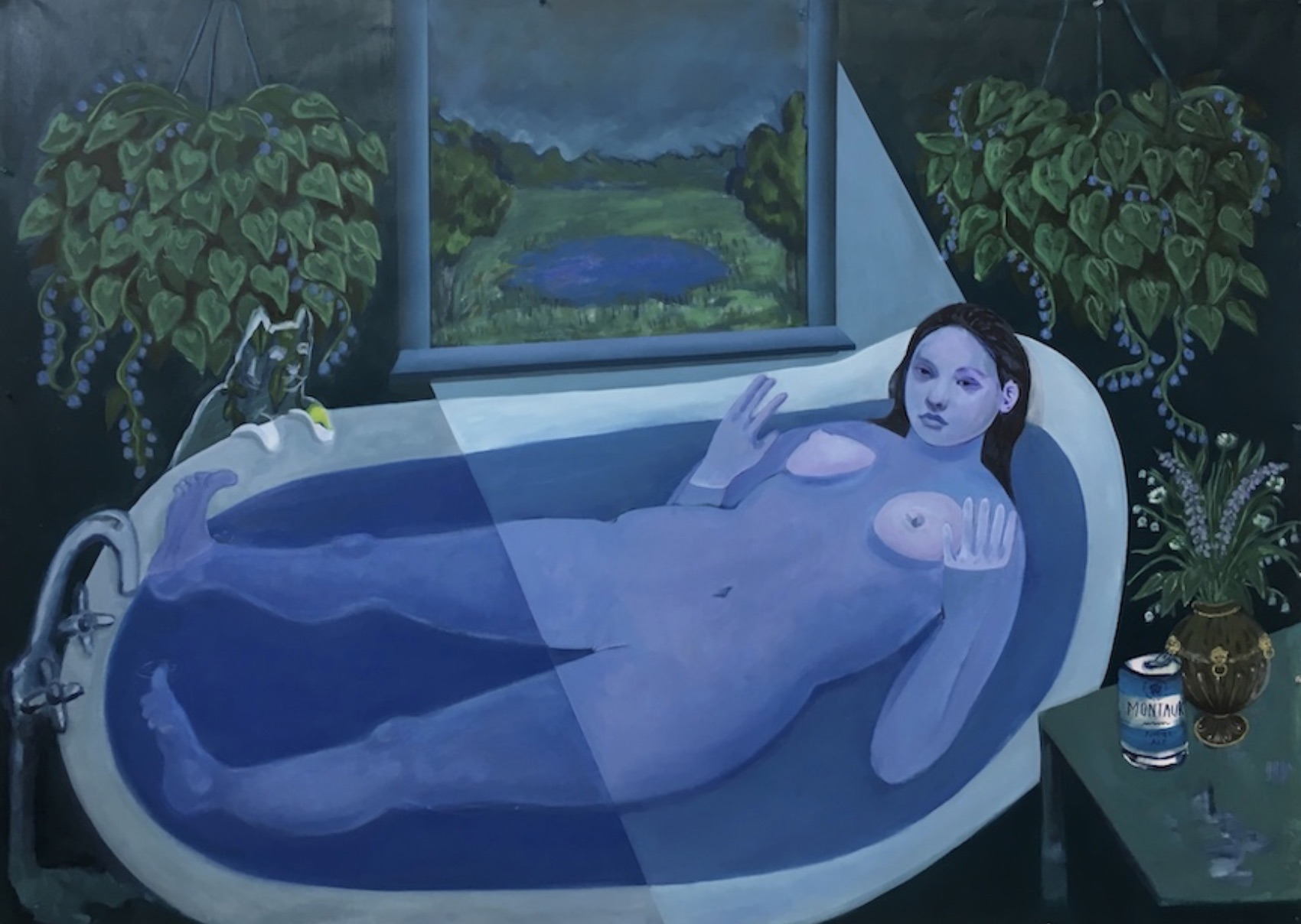
The human body—especially the female human body—is never straightforward in art. The female form can be erotic, vulnerable, powerful, exploited, fake, all-too-real, myth, metaphor and pretty much anything else you care to throw at it. The current Corona pandemic throws in another destabilizing force when it comes to how we view and inhabit our own and one another’s bodies.
The body in life and art is always more than something to help us do things like, you know, get out of bed; breathe; walk; talk—it’s a temple that must remain pure and strong; to be kept pure; or a site for scrutiny, admiration or scopophilia. Now, however, everyone’s bodies have become a potential site of disease; their every snuffle greeted with suspicion, even among the most laidback of us.
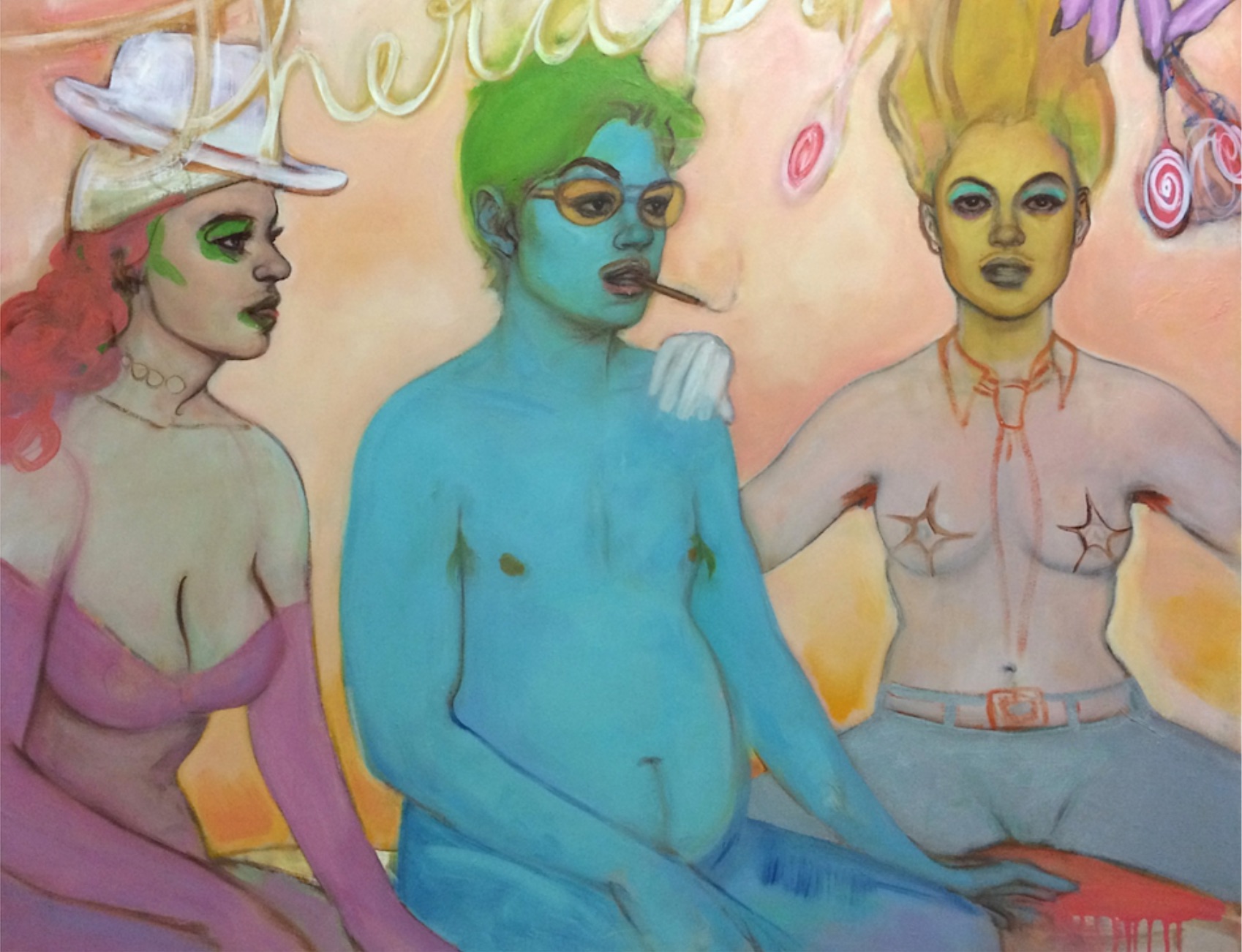
Eliza Griffiths, Group Therapy, 2007. Image courtesy of the artist and Arsenal Contemporary Art, New York
While it’s rather early to consider how the impact of Covid-19 will affect the way artists depict the body, it’s intriguing that one of the many shows forced to call it a day due to the crisis is one that presents the exploration of a range of contemporary painters on the subject of our own bodies and the unfamiliar bodies of others.
This Sacred Vessel (Part II) is a group exhibition that was due to be staged at Arsenal Contemporary Art in New York. Its aim is to both explore the stories history of figurative painting, and to examine the new ways in which we might navigate the relationship between our own body and others. Work by nine emerging international artists showcase a broad range of perspectives—ranging from the disruption of traditional ideas of gender to cultural ambiguities. The representation of “tragicomic figures” serves to disturb the stereotypes of ideal bodies presented in popular culture and media.
“The current Corona pandemic throws in another destabilizing force when it comes to how we view and inhabit our own and one another’s bodies”
The full list of artists showing is Shelley Adler, Kim Dorland, Sarah Letowsky and Walter Scott, all from Toronto; Eliza Griffiths, Marion Wagschal and Janet Werner, from Montreal; Nadia Waheed from Austin, Texas; and New York’s Bambou Gili.

Janet Werner, The Green Room, 2018. Image courtesy of the artist and Arsenal Contemporary Art, New York
It’s Gili’s work that particularly caught our eye—namely her striking painting, Ophelia In The Tub. The piece takes the iconic painting by British artist Sir John Everett Millais, which carries tragic and poignant overtones in its implications of imminent death, and place it into a firmly domestic setting. In doing so, the painting both minimises the more tragic overtones of the original Ophelia and adds a new eeriness—why is the figure blue? Does the shard of light illuminating her buoyant breasts imply that she’s special in some way, and alive? Or soon to be taken from the mortal plane?
Another painting that is deeply moving in its visceral, frank and unflinching portrayals of femininity and flesh is Marion Wagschal’s Pulcinella Bathing (2007). Though relatively unknown outside of North America, Wagschal—the daughter of Holocaust survivors, who emigrated from Trinidad to Canada with her parents in 1951—has been painting for five decades. Her work predominantly focusing on ideas of time passing, identity, survival and feminist histories, as writ large on the body with the many facets of time.
She sums up a multitude of notions around the body that seem entirely fitting for both this show and the strange times in which we’re currently living. “The body is a kind of battlefield where struggles for survival—political, physical, environmental, psychological—are waged,” the artist has said. “The body is a map of a life lived.”
This Sacred Vessel (Pt. 2), Arsenal Contemporary Art, New York
Currently closed due to Covid-19
VISIT WEBSITE